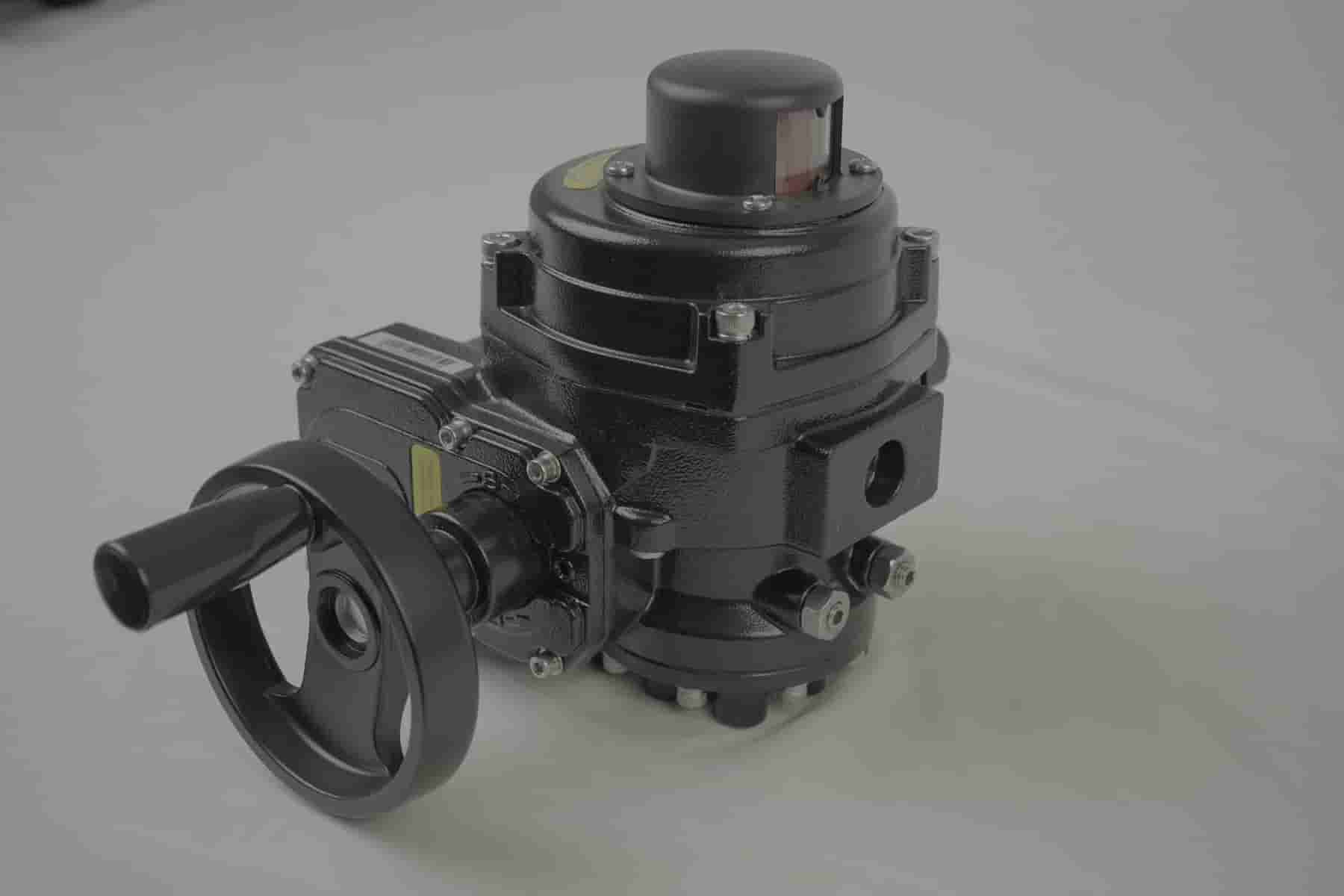wcb lithium battery valve: essential component for safety and performance
Release time:2024-12-04 19:22:31
In recent years, the rise of lithium-ion batteries has transformed the energy landscape, powering everything from smartphones to electric vehicles. With this surge in usage, the safety and reliability of battery systems have become paramount. One critical component that ensures these standards are met is the WCB lithium battery valve. This article explores the significance, functionality, and advantages of this valve, highlighting its role in enhancing the safety and performance of lithium battery systems.

Understanding the WCB Lithium Battery Valve The WCB lithium battery valve, or “WCB” for “Water-Cooled Battery,” is designed to regulate and control the internal pressure of lithium-ion batteries. As batteries charge and discharge, chemical reactions occur that produce gases. Without an effective pressure management system, these gases can lead to swelling, leakage, or even catastrophic failures. The WCB lithium battery valve plays a vital role in mitigating these risks by ensuring safe venting and pressure regulation.
Functionality and Mechanism
The WCB lithium battery valve operates on a simple yet effective principle. It is typically designed as a one-way valve that opens at a predetermined pressure. When the internal pressure exceeds this threshold, the valve opens to allow excess gas to escape, thereby preventing the battery from reaching dangerous pressure levels. This venting process not only protects the battery from potential damage but also minimizes the risk of thermal runaway—a situation where the battery overheats and potentially catches fire.

